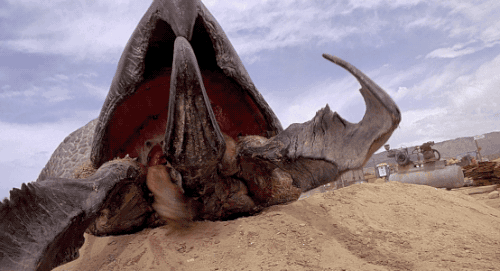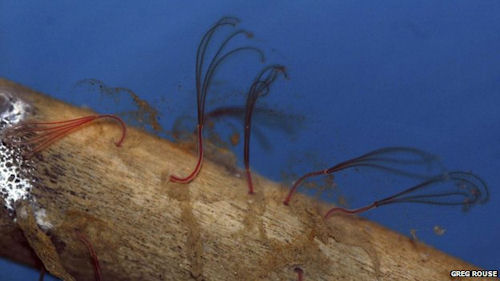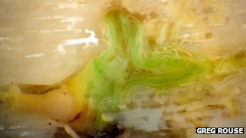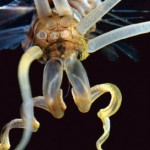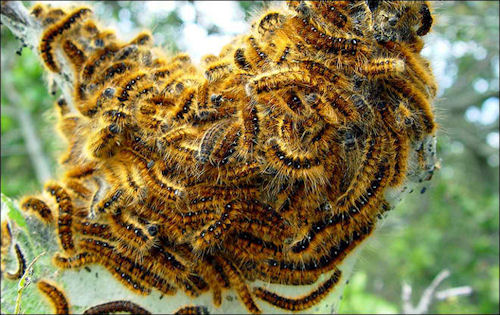
Mount St. Helens erupted almost 32 years ago. The Mount St. Helens National Volcanic Monument area around the base of the volcano is monitored by the U.S. Forest-Service and its goal is to not interfere with the natural processes taking place in the area.
As a result the area that is in the middle of the blast zone looks like something out of the last few minutes of Kingdom of the Spiders when William Shatner’s characters awakes in the morning to find the entire town and beyond covered in layers of webs.
Billions of tent caterpillars have suddenly covered practically every tree, bush and branch along the Hummocks Trail near Coldwater lake in Toutle Valley, Washington.
An extreme population explosion has taken place this year and these things are EVERYWHERE!
Last year, the tent caterpillar population began to show signs of growing exponentially. While many insect species go through this whole boom-and-bust cycle from time-to-time, this year literally looks like the scene from some horror film.
Alder trees, a species of tree capable of growing in an environment where the original forest floor is now covered by over 100 feet of volcanic rock, look like they’re actually pulsating due to the thick masses of caterpillars swarming them for food.
Foresty professionals are not interested in interfering with the natural processes at work and are letting this strange new evolution of the area simply run its course.
Once the caterpillars break from their coccoons the sky will swarm with millions of cream-grey moths which will, in turn, feed local species of bats that’ve been struggling to find food sources as rich as this.
Until then the entire area is a pulsating, undulating mass of inch-long, furrry caterpillars that, while they’re causing no harm, are a site that would freak anyone out if they stumbled upon it in the woods.
[Katu.com]
